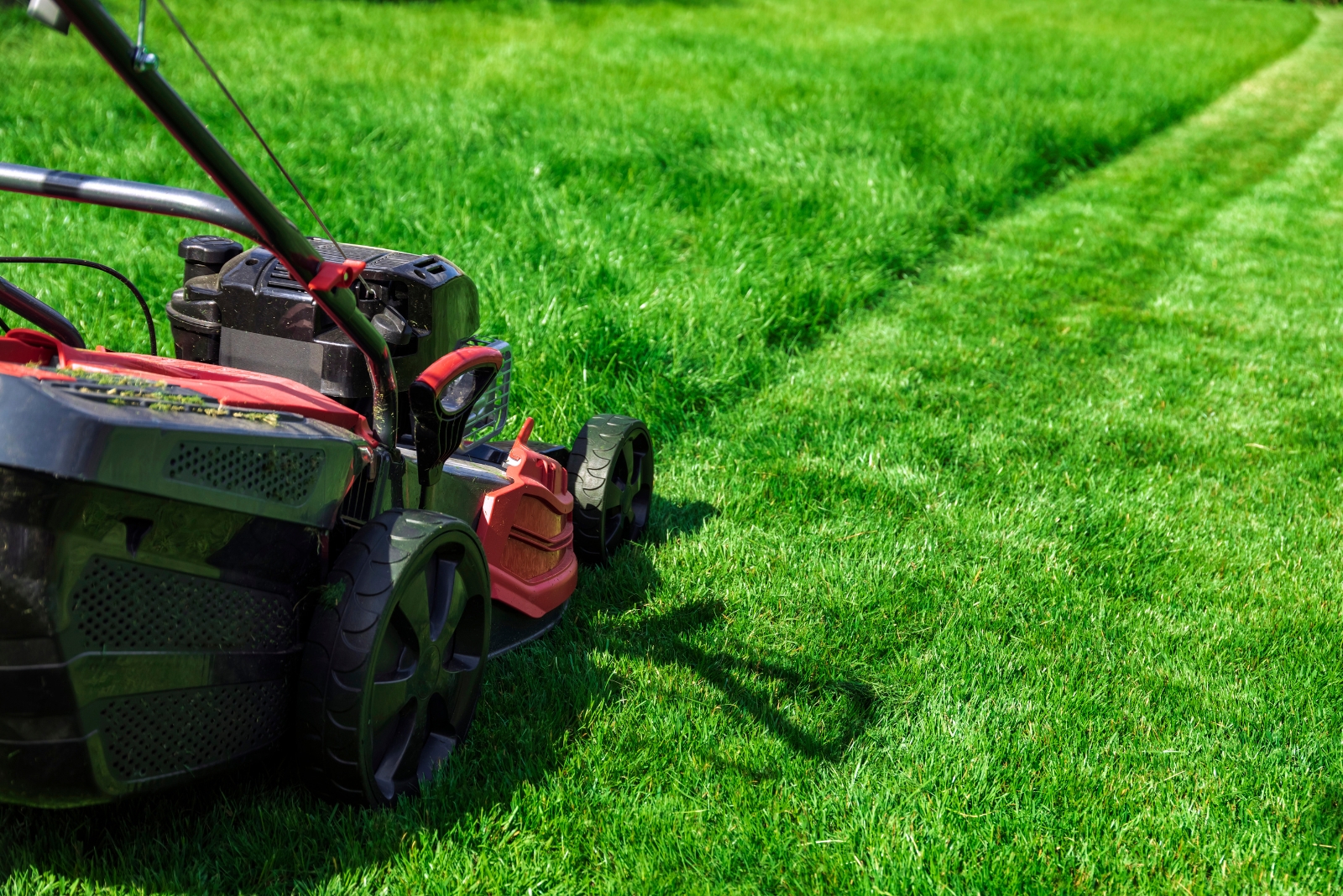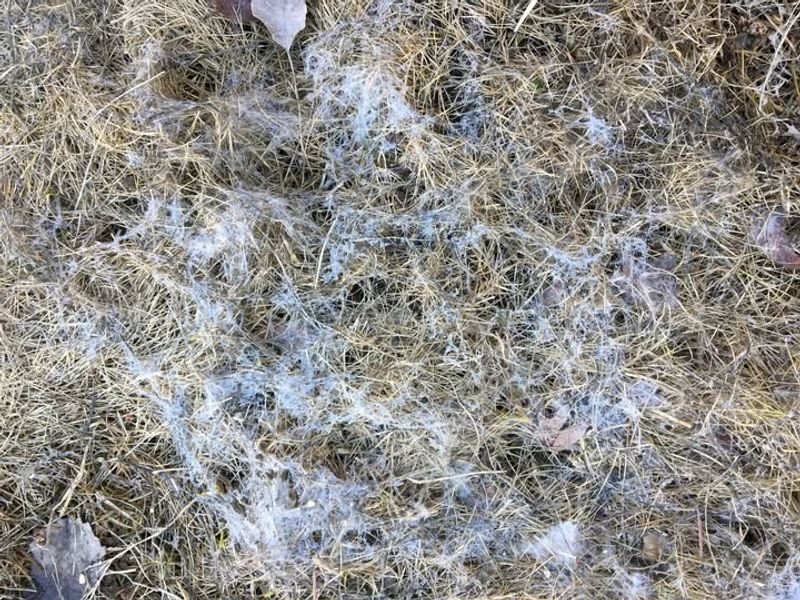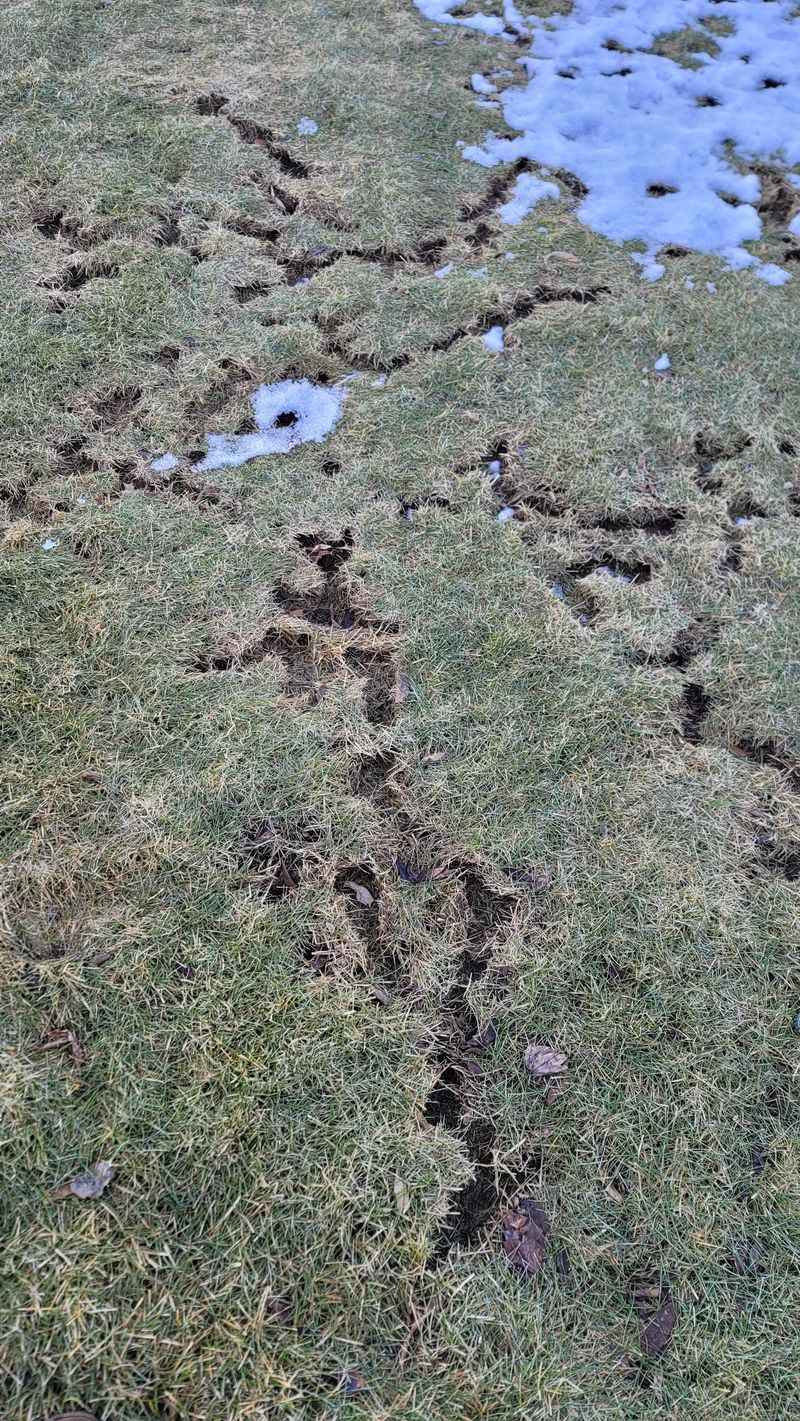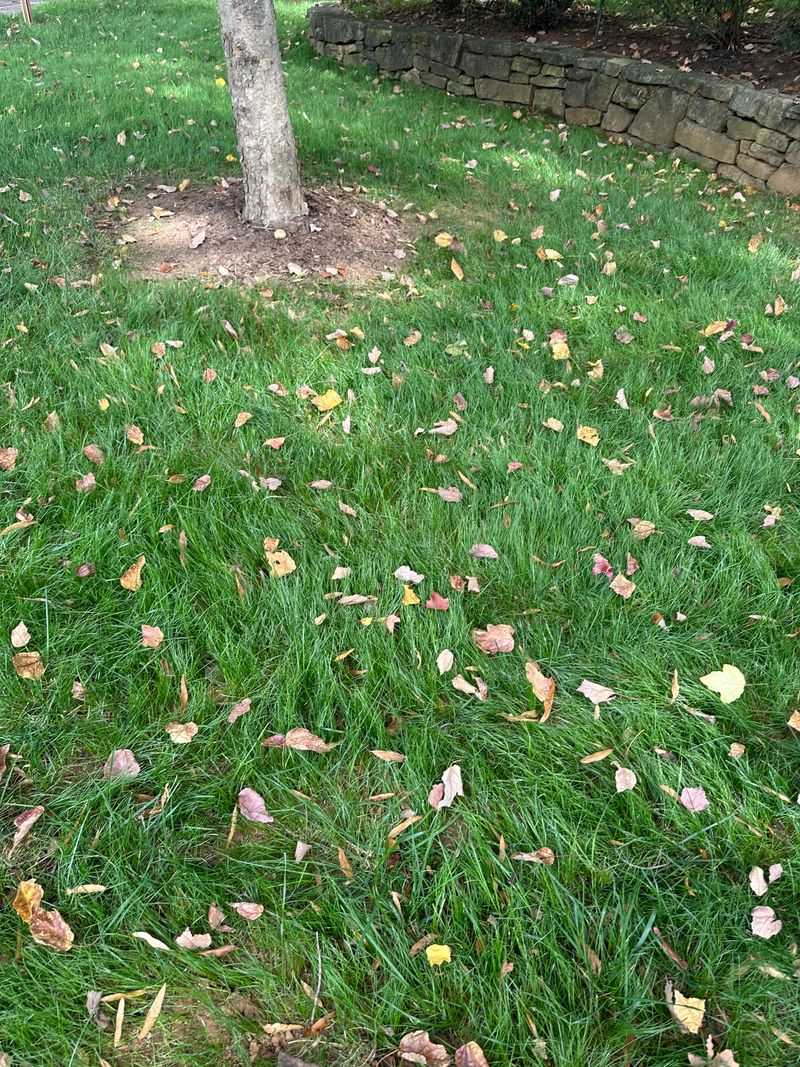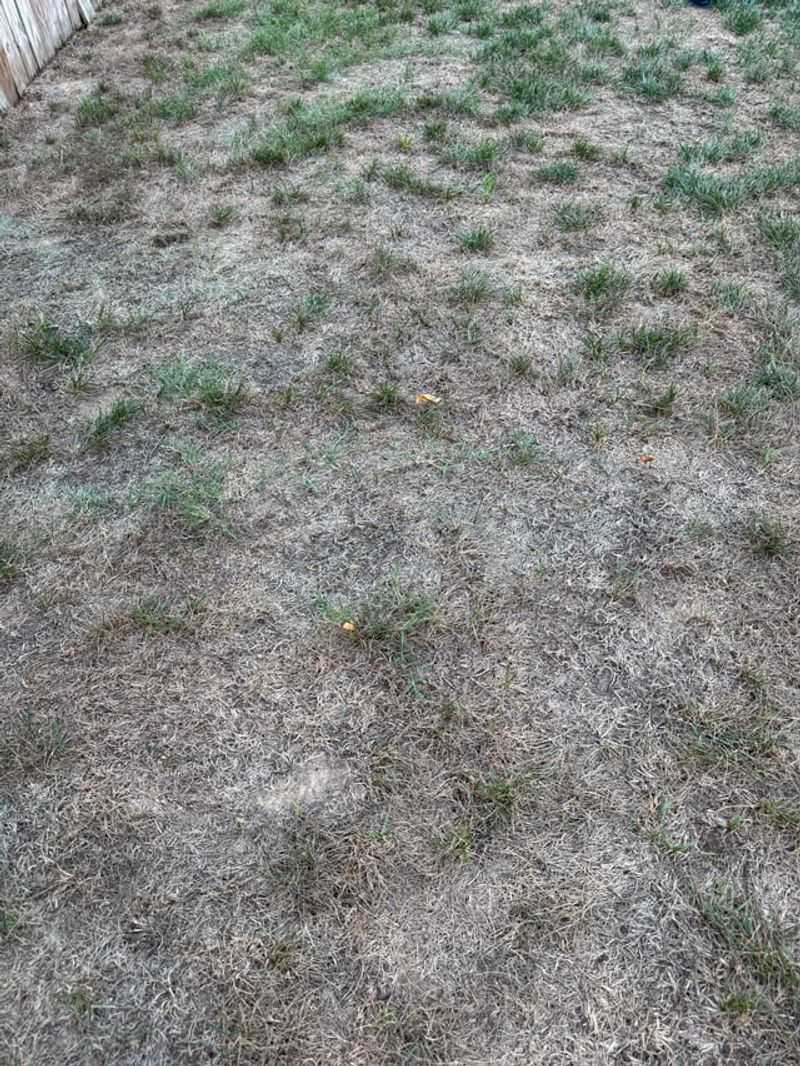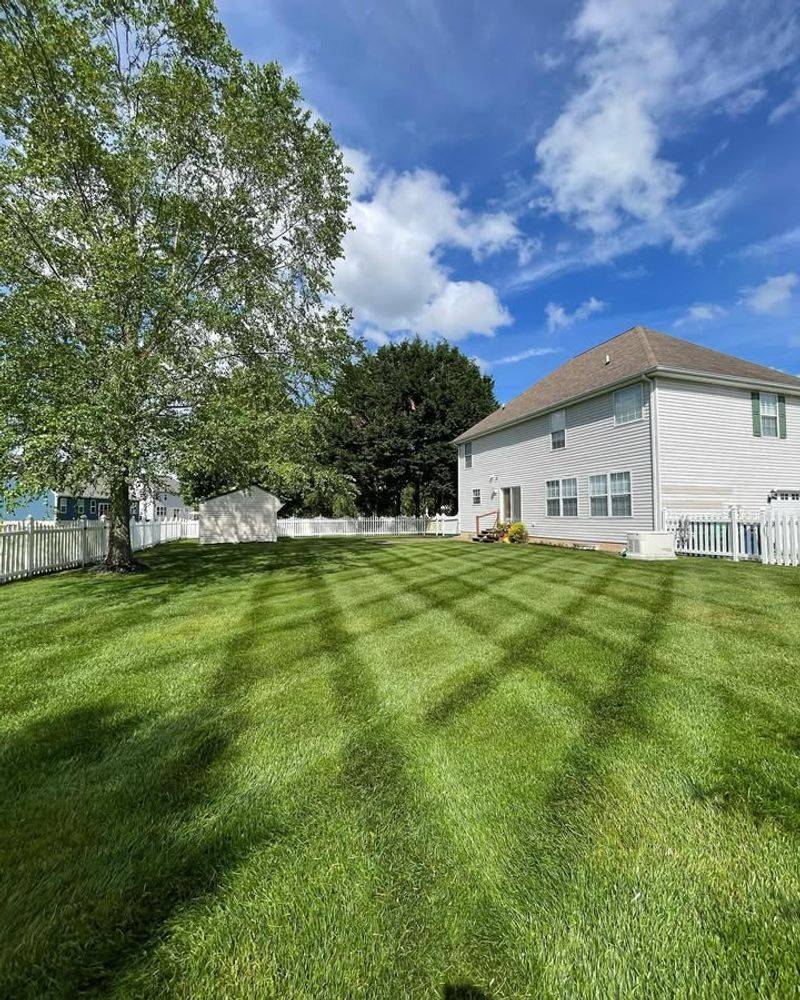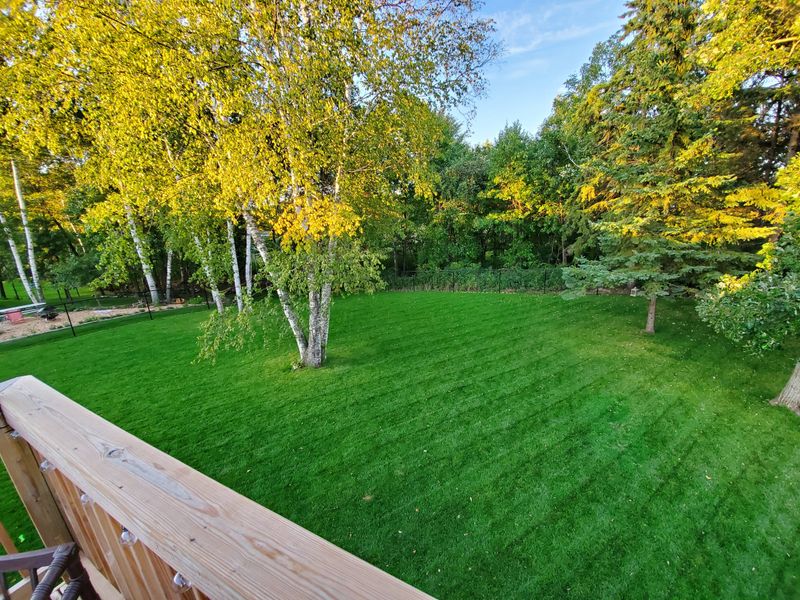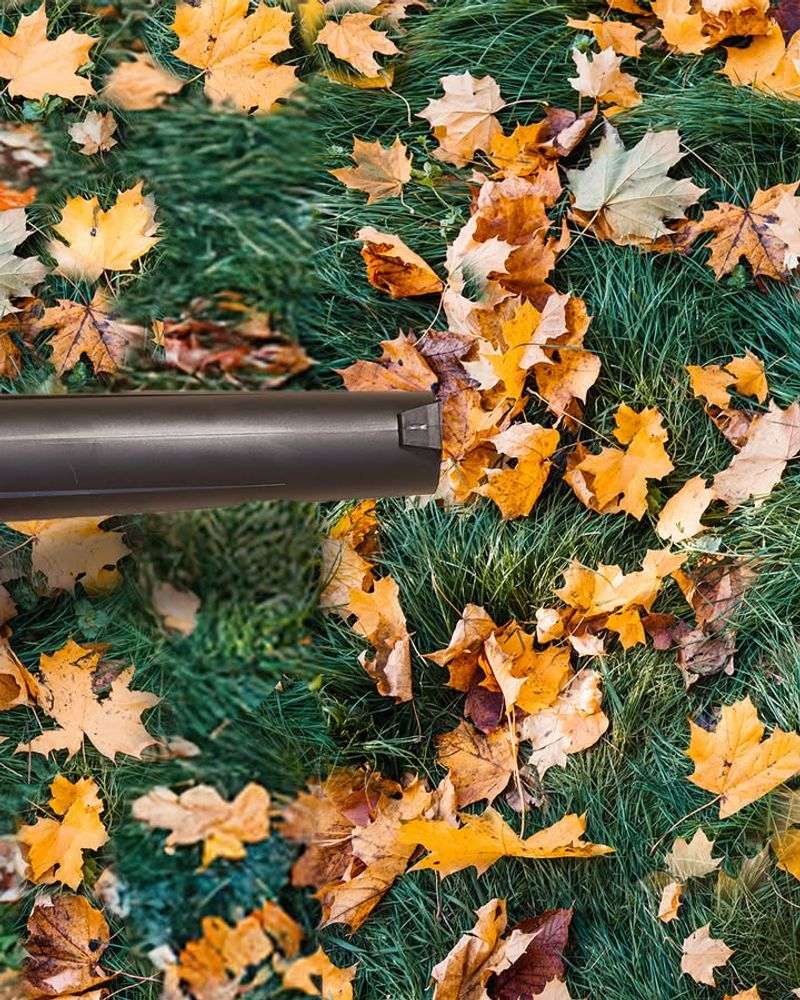There’s a simple mowing trick that can make a huge difference for your Virginia lawn once spring arrives—lowering your final mow before winter.
I started doing this a few years ago, and it completely changed how healthy my grass looked when the snow melted.
Cutting just a little shorter helps prevent matting, disease, and early spring pests from settling in. It’s an easy step now that rewards you with a thicker, greener lawn later.
1. Prevents Snow Mold From Taking Over
Snow mold loves to grow on longer grass blades that get matted down under heavy snow and ice. When you trim your Virginia lawn shorter before winter, you reduce the amount of grass that can trap moisture and create the perfect breeding ground for this fungal disease.
Shorter blades dry out faster between winter storms. Your lawn gets better air circulation, which keeps those nasty mold spores from spreading across your yard and ruining your spring comeback.
2. Reduces Pest Hiding Spots
Voles, mice, and other small critters search for cozy winter homes, and tall grass provides the perfect cover for building nests and tunnels. A shorter final cut in Virginia removes their favorite hiding places and makes your lawn less attractive to these unwanted guests.
These pests can damage grass roots and create ugly trails across your yard. By lowering your mow height, you expose their activity and discourage them from settling in for the winter months ahead.
3. Allows More Sunlight To Reach The Crown
Grass crowns sit right at the soil surface and need sunlight even during winter to stay alive and healthy. Cutting your lawn shorter before the cold sets in across Virginia lets more precious winter sunlight reach these critical growth points.
Even weak winter rays provide energy that helps grass survive dormancy. When spring arrives, those well-fed crowns wake up faster and start producing new green growth much earlier than grass that spent winter in the shade.
4. Minimizes Disease Pressure In Spring
Dead and dying grass blades that sit too long on your lawn create a breeding ground for various fungal diseases. Virginia’s wet spring weather makes this problem even worse when combined with matted winter grass that never got properly trimmed.
A shorter final mow removes excess blade length that would otherwise die back and decompose slowly. Your lawn enters spring with less disease-causing debris, giving new growth a clean, healthy start without competing against harmful pathogens.
5. Encourages Deeper Root Growth
When grass blades are cut shorter, the plant responds by sending energy downward to strengthen its root system instead of maintaining tall top growth. This survival response works perfectly for Virginia lawns heading into winter dormancy.
Deeper roots access more water and nutrients stored in the soil below the frost line. Come springtime, your grass has a robust underground network ready to support explosive new growth that quickly fills in bare spots and crowds out weeds.
6. Speeds Up Spring Green-Up
Shorter grass warms up much faster when spring sunshine returns to Virginia because the soil receives direct sunlight instead of being shaded by long blades. Warmer soil temperatures trigger grass plants to break dormancy and start growing earlier.
You might see green shoots appearing weeks before your neighbors who skipped that final low mow. That head start means your lawn looks beautiful while others are still waiting for their grass to wake up from winter sleep.
7. Makes Fall Cleanup Much Easier
Leaves and debris sit on top of shorter grass instead of tangling deep into tall blades, making your final autumn cleanup in Virginia way less frustrating. You can rake or blow leaves off quickly without dragging clumps of grass along with them.
A clean lawn surface going into winter means better air and light penetration throughout the cold months. Your grass stays healthier under snow cover, and you save time and energy during those chilly fall cleanup days.

